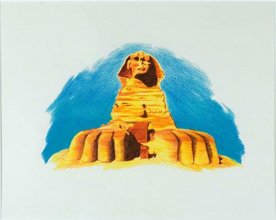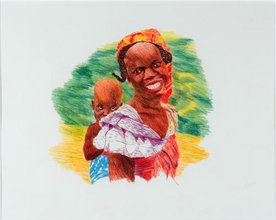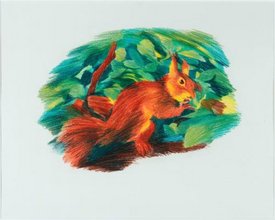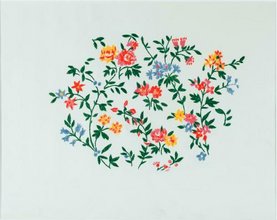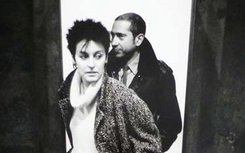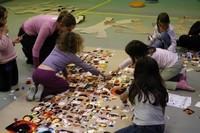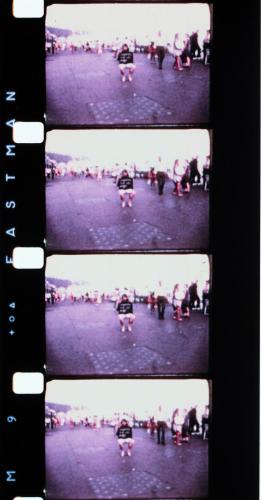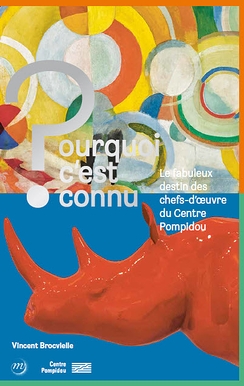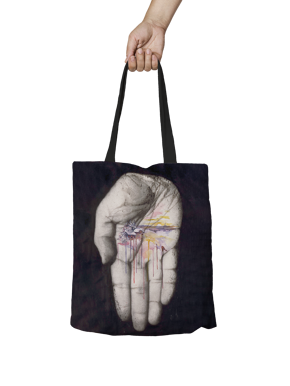Artist/personality
Annette Messager
Peintre, Photographe

Annette Messager
Peintre, Photographe
Nationalité française
Birth: 1943, Berck-sur-Mer (Pas-de-Calais, France)
Place(s) of residence and work : Malakoff (Ile-de-France, France)
© Adagp, Paris
Biography
Since childhood, Annette Messager has been sensitive to marginal forms of expression and art brut. In her work, she interweaves a form of play and exorcism. She subverts elements of her own history, blurring the lines between reality and fiction. The artist expresses herself in a range of mediums and scales, from intimate drawings to monumental installations.
Since her beginnings in 1971, Annette Messager has oriented her work towards identity-based research. She gives herself titles that multiply her personality: collector, DIYer, practical woman, counterfeiter, and so on... Her Albums-collections combine photos, press cuttings, sketches and notes that she "files" by theme. The ensemble describes stereotypes linked to the role of women in society. Her interest in fabric, embroidery and sewing can be found in multiple works from this period and continued afterwards.
She developed a more intimate fiction with Les Pensionnaires (The Boarders, 1971-1972), taxidermied birds wrapped in knitted blankets and scarves, which she displayed in glass cases. In the 1980s, the theatrical nature of her work intensified, through the grotesque treatment of images and how they were installed in space. For Les Variétés (The Varieties, 1980-1981), she created forms from photographic fragments of faces or bodies, which she painted and placed on the walls and ceiling. She distorted images and scale in Les Chimères (The Chimeras, 1982-1984), huge painted photomontages inspired by fairy tales. From 1988 onwards, the artist bought soft toys from second-hand stores, which she used in her works to symbolise our animal side in a comical way. Mes petites effigies (My Little Effigies, 1988) is a wall installation that combines soft toys, photos of fragmented bodies and French words ("attente" or "expectation", "désir" or "desire", "soupçon" or "suspicion", and so on) written on the wall.
In the early 1990s, Messager created installations using objects stockpiled in her studio (dresses, books, soft toys, taxidermied animals, and so on), which she staged to tell a story. For Les Piques (The Pikes, 1991-1993), she placed metal spikes on the wall, on which she impaled disembowelled soft toys and drawings. The artist simultaneously references the French Revolution and contemporary protests. In her exhibitions, she enjoys offering multiple points of view for her works, which sometimes can be entered. Her environments are made from pillows, nets, wool, plastic bags, and other objects. She uses pieces of soft toys to form letters, a cross, or a map of France, and she creates a heart or skull with gloves extended by colourful pencils.
The years 2001-2003 were characterised by the creation of her first digitally automated installations. articulés-désarticulés (jointed-disjointed, 2001-2002), made for documenta eleven in 2002, set the familiar objects and creatures from the artist’s visual vocabulary in motion. Suspended by ropes connected to motors, the figures jerk around like puppets. Chosen to represent France at the 51st Venice Biennale in 2005, Messager created a polymorphic installation titled Casino, for which she received the Golden Lion. She drew inspiration from the story of Pinocchio and created a fantastical universe in which a puppet comes to life, a huge red cloth inflates and fabric organs are projected into the air. In 2007, her retrospective at the Centre Pompidou combined her early and more recent work and presented a monumental creation in the Forum: fragments of bodies enlarged and trapped in nets seem to fall towards a small figure evoking Pinocchio.
The strange and sometimes scary worlds created by Annette Messager subvert familiar imagery to interrogate our relationship to the body, language, emotions and desire.




